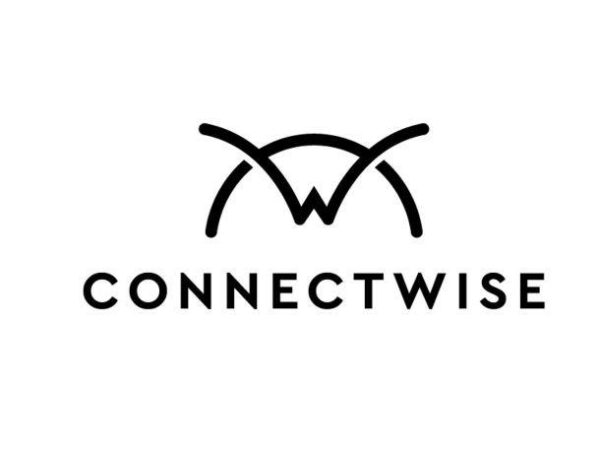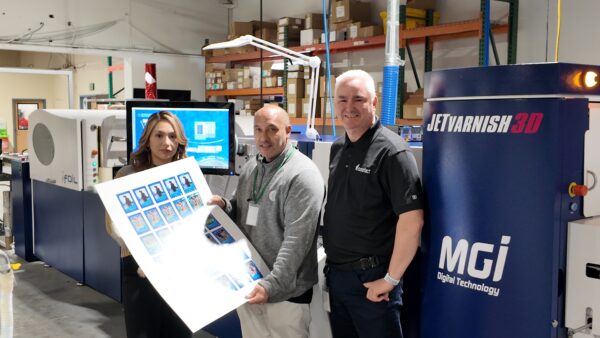Todd Croteau, president of All Covered, Konica Minolta’s IT Services division, is well versed on the trends impacting the managed IT space. During a recent conversation with The Cannata Report, he identified the IT segments that were on the decline last year, but more importantly, where dealers can find IT-related opportunities in 2022.
“I’m seeing a decline in project services across the globe, which you would kind of expect,” observed Croteau. “The projects we used to have for moving someone, expanding an office, setting up a new service or new infrastructure related to a new location are in rapid decline.”
The greatest opportunities, according to Croteau, represent IT projects that bring value to the customer, such as security and anything that drives an organization’s digital transformation. With the emergence of the hybrid workforce and more people working from home, Croteau sees a greater need to replace employee’s laptops. That may seem like a modest opportunity, but he expects that trend to continue.
Another emerging trend Croteau sees is providing a collection of services that go along with a laptop or end device. Those services might include provisioning or configuring the user’s device. It might also be the packaging of CSP (Cloud Service Provider) services, whether it’s MS 365 or Google or a storage platform such as Dropbox. “On top of that you have the security and support of that,” added Croteau.
Software training is another opportunity, as well as workflow-related offerings. “The scope of what you can do is getting more complicated,” observed Croteau. “The center always has to be the customer and how you bring value to them.”
Not surprisingly, he expects to see the cloud become even more prominent in the IT space, supplanting on premise platforms in many organizations. “We sell less and less servers every year and do very little on-site application installation,” acknowledged Croteau. “It’s all Azure- or cloud-based.”
Unified communications and cloud-based voice services such as VoIP, are exploding, as is the merger of work-based tools with personal tools. There are two reasons for that, said Croteau. One is the pandemic, and the second is technology that enables a user’s personal cell phone to receive work calls.
“All of a sudden you have a work device that’s using your work number, but you’re still using your cell phone,” noted Croteau. “And the company gets the benefit of providing the contact information, tracking the contacts, everything you would do with Teams. It’s like having Teams on your cell phone.”
Ultimately, any tool or service that facilitates a user’s productivity and ensures that their network and data is secure will be at the forefront of most IT-related trends and opportunities. “Right now, the end user and the end user’s productivity and experience are the most significant they’ve ever been, and security is the highest level of spend,” said Croteau. “How do you support, enable, and secure that end user and do it in a secure and productive manner?”
That’s a question that anyone offering managed IT will need to answer in 2022.
Access Related Content





